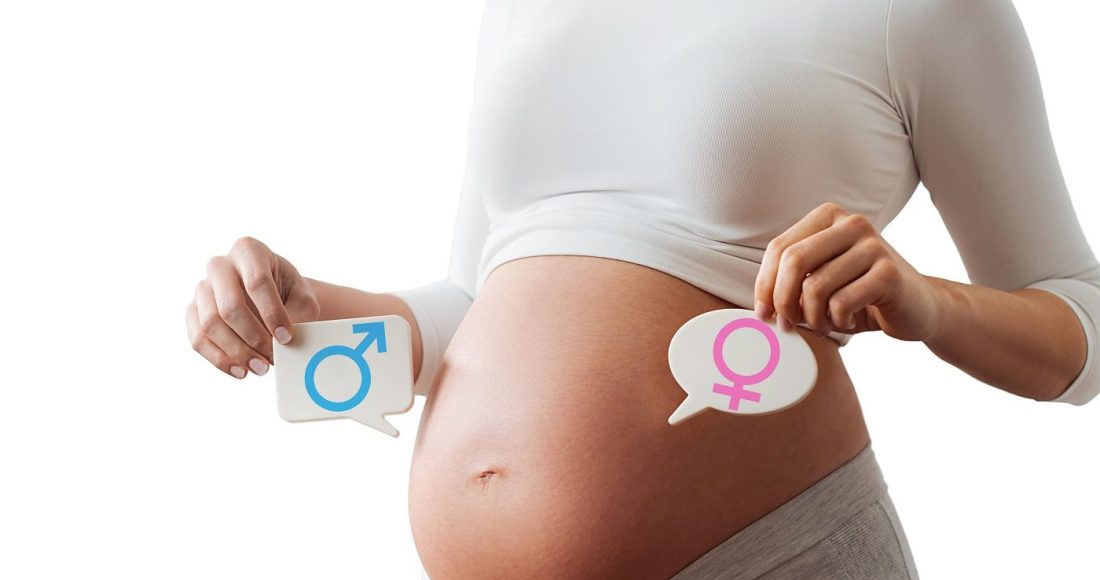
The desire to influence the sex of a baby has intrigued humans for centuries, with various cultures developing methods to sway the odds towards having a boy or a girl. Modern science and traditional practices have both contributed to a plethora of techniques aimed at sex selection. While no method guarantees success, some are more scientifically credible than others. Here, we explore different methods and techniques for sex selection, ranging from natural approaches to advanced medical procedures.
Natural Methods
Natural methods for influencing the sex of a baby often involve timing, diet, and lifestyle changes. While these techniques are not scientifically proven to be highly effective, many people believe they can tilt the odds.
The Shettles Method
The Shettles Method, developed by Dr. Landrum Shettles in the 1960s, is one of the most well-known natural approaches. It is based on the idea that male (Y) sperm swim faster but have shorter lifespans than female (X) sperm. To conceive a boy, intercourse should occur as close to ovulation as possible, giving the faster male sperm a better chance of reaching the egg first. To conceive a girl, intercourse should take place a few days before ovulation, allowing the longer-living female sperm to survive until the egg is released.
The Whelan Method
Dr. Elizabeth Whelan proposed a method somewhat opposite to Shettles. She suggested that to conceive a boy, intercourse should occur four to six days before ovulation, and for a girl, two to three days before ovulation. The theory behind this method is based on the metabolic rate of sperm, although its effectiveness is debated.

Diet and Lifestyle
Some believe that diet and lifestyle can influence the sex of a baby. For instance, a diet high in sodium and potassium is thought to favor conceiving boys, while a diet rich in calcium and magnesium is believed to favor girls. Additionally, some theories suggest that stress levels and sexual positions during intercourse might play a role, although these ideas lack strong scientific backing.
Medical Techniques
Medical techniques for sex selection are more reliable than natural methods, often used for family balancing or to avoid sex-linked genetic disorders. These methods typically involve assisted reproductive technologies (ART).
Preimplantation Genetic Diagnosis (PGD)
Preimplantation genetic diagnosis (PGD) is a highly accurate method used in conjunction with in vitro fertilization (IVF). During IVF, eggs are fertilized with sperm in a laboratory to create embryos. PGD involves testing the embryos for genetic disorders and chromosomal abnormalities before they are implanted in the uterus. This testing can also determine the sex of the embryos, allowing parents to select embryos of the desired sex for implantation. PGD is considered nearly 100% effective for sex selection.
MicroSort
MicroSort is a sperm-sorting technology designed to increase the likelihood of conceiving a child of the desired sex. It works by separating sperm based on the genetic material they carry. X-bearing sperm, which produce female offspring, have slightly more DNA than Y-bearing sperm, which produce male offspring. This difference allows the sperm to be sorted using a fluorescence-activated cell sorter. The sorted sperm is then used for intrauterine insemination (IUI) or IVF. While MicroSort is effective, it is not 100% reliable and is not widely available.
Ericsson Method
The Ericsson Method, developed by Dr. Ronald Ericsson, is another sperm-sorting technique. It involves placing sperm in a protein solution where they swim through a gradient. Y-bearing sperm, being lighter and faster, are believed to reach the bottom of the gradient more quickly than X-bearing sperm. The separated sperm can then be used for IUI or IVF. The success rate for this method is around 70-75% for boys and 60-65% for girls.
Ethical and Legal Considerations
The desire to choose the sex of a baby raises several ethical and legal questions. In many countries, sex selection for non-medical reasons is illegal or highly regulated to prevent gender imbalance and discrimination. Ethical concerns include the potential for reinforcing gender stereotypes and the societal implications of allowing sex selection.
Conclusion
While the idea of influencing the sex of a baby has been around for centuries, modern techniques offer varying degrees of success. Natural methods like the Shettles and Whelan techniques, along with dietary changes, are popular but lack scientific validation. Medical procedures like PGD, MicroSort, and the Ericsson Method provide more reliable results but come with ethical and legal considerations. Ultimately, the choice of method depends on personal preferences, ethical beliefs, and legal constraints. As science and technology continue to evolve, the future may hold even more precise and ethical solutions for sex selection.







